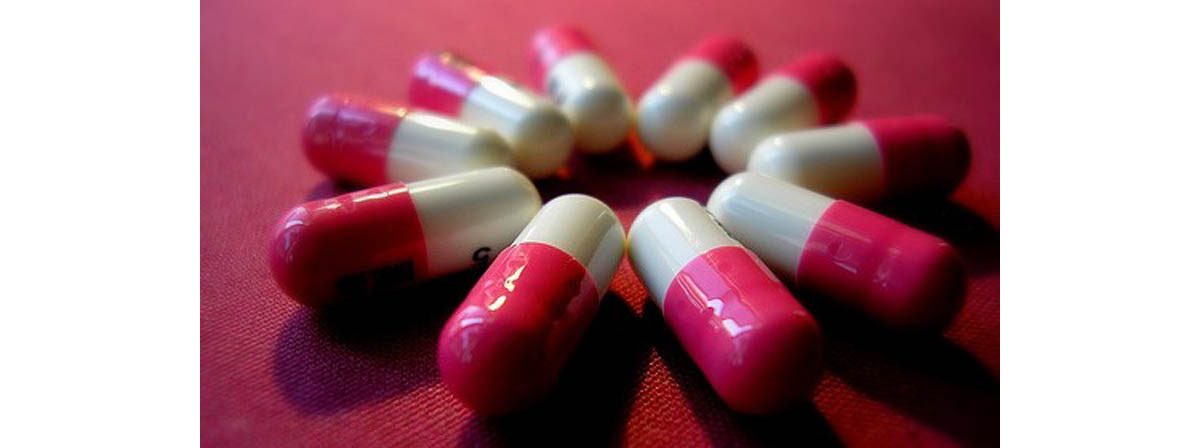Table of Contents
The list below includes the most popular 10 OTC medicines used to get “high.”
1. Dextromethorphan
DXM or Dextromethorphan is a safe, effective, and active ingredient present in most OTC cough medicines. When used according to the medicine label directions, it is safe and produces few side effects. When abused in large amounts, it produces a “high” feeling of euphoria and elevated mood, accompanied by a number of side effects depending on the amount of DXM taken.

Effects of overuse include confusion, blurred or double vision, dizziness, loss of coordination, nausea and vomiting accompanied by abdominal pain, and rapid heartbeat. Slang terms for DXM include Skittling, Robo-ing, and Robo-tripping. Common cough remedies used are NyQuil, Coricidin, and Robitussin among others.
2. Coricidin
Coricidin HBP is a common decongestant that is safe if it is used as directed on the label. The product contains a combination of substances that can produce symptoms of slurred speech, nausea, ataxia, dizziness, syncope, chest pain, and hallucinations if used incorrectly.
3. Cyclizine
Cyclizine is an antihistamine used to treat vertigo, nausea, vomiting, and motion sickness. It is used recreationally and works similarly to Doxylamine. It causes extreme hallucinations, confusion, and disorientation, if used improperly.
4. Diet Pills
Misuse of diet pills signals an eating disorder. Initial use of a few pills to lose weight becomes an addiction because of certain substances present in the pill such as ephedrine, ephedra, and phenylpropanolamine. Diet pills can cause hallucinations and acute psychosis.
In the United State, although the Food and Drug Administration has banned the use of dangerous stimulants in OTC diet pills, other substances present in the pill can cause dangerous symptoms. Nervousness, tremors, rapid heartbeat, anxiety, and extreme paranoia can result due to overdose of diet pills.
5. Sedatives
Barbiturates are used commonly as a sedative and anticonvulsant. It is abused as a hypnotic and overdose of a sedative can result in death due to respiratory distress. Symptoms of overuse include headaches, confusion, agitation, and seizures.
6. Stimulants
Stimulants that are abused include amphetamines, cocaine, methamphetamine, and Methylphenidate.
7. Tranquilizers and Muscle Relaxers
Sleep aids and anti-anxiety medicines are commonly used for non-medical use. Most of these medicines are benzodiazepines, which are used for detoxification. An overdose can result in respiratory distress, especially when it is used in a combination with other sedatives or alcohol. Muscle relaxants can be addictive when it causes a mild euphoric sensation. A higher dose results in difficulty with coordination and balance. Insomnia, hallucinations, muscle twitching, and tremor can result due to overdose.
8. Energy Drinks
Energy drinks are often abused for a quick burst of energy and to achieve a state of euphoria. A few cans of energy drinks like Red Bull make you lightheaded and increases your heart rate. It also causes panic attacks and may lead to accidental death.
9. Herbal Ecstasy
A mix of common inexpensive herbs when sold in the form of a pill and swallowed can produce euphoria and increased awareness. The product is easily available in gas stations, food stores, and can be purchased online. Adverse effects can range from severe muscle spasms and high blood pressure to seizures, heart attacks, strokes, and death.
10. Doxylamine
An antihistamine, Doxylamine is sold under the brand name, Unisom. It is used as an antiallergenic and a sedative. Its hallucinogenic properties can cause confusion and agitation. Some of the medicines that may produce adverse reactions with Doxylamine are alcohol, barbiturates, antidepressants, muscle relaxers, and antipsychotics.
Adults and teens do not realize the potential dangers of ordinary OTC drugs that are readily available. Little attention is paid to the risks associated with OTC drugs. Educational interventions in schools and at home can go a long way in preventing teens and young adults from abusing OTC medicines.
- www.abovetheinfluence.com/facts/drugsotc
- www.philly.com/philly/blogs/healthcare/10-over-the-counter-medicines-abused-by-teens.html
- medicineabuseproject.org/images/uploads/misc/preventing_teen_over_the_counter_cough_med_abuse.pdf
- www.overthecounterdrugaddiction.com/Warning-Signs-of-OTC-Abuse.htm
- ncscha.org/uploads/Abuse%20of%20Over-the-Counter%20Drugs,%20Wilson%20%26%20Anderson-Brown.pdf
- www.drugfreeactionalliance.org/files/downloadables/background-knowledge/B-Prescription-for-Danger.pdf
- Lessenger JE, Feinberg SD. Abuse of Prescription and Over-the-Counter Medications. J Am Board Fam Med January-February 2008
- 21 (1):45-54. http://www.jabfm.org/content/21/1/45.full
- www.hart.k12.ca.us/files/docs/CADRE_Presentation_OTC_and_RX.pdf
- Photo courtesy of Alex Dodd by Flickr : www.flickr.com/photos/alexdoddphotography/3196151008/
- Photo courtesy of Emuishere Peliculas by Flickr : www.flickr.com/photos/bizzzarro/441904256/

